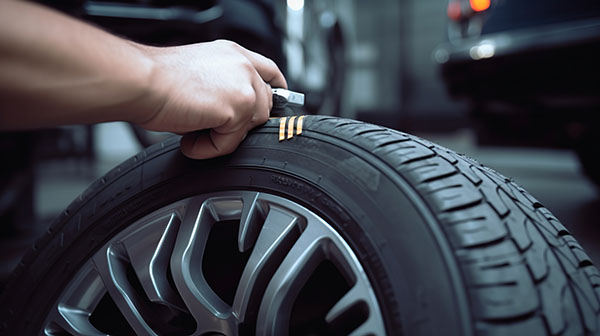
When it comes to vehicle maintenance, terms like' wheel alignment' and 'wheel balancing' are often used interchangeably. While similarly sounding, they refer to entirely different aspects of car care. These differences are crucial for ensuring a smooth and safe driving experience.
What Is Wheel Alignment
Wheel alignment involves adjusting the angles of the wheels so they are set to the car manufacturer's specifications. The primary aim is to ensure the wheels are perpendicular to the ground and parallel to each other. This adjustment optimizes tire performance and vehicle handling.
Benefits of Wheel Alignment
Proper wheel alignment is essential for several reasons. It extends the life of your tires, improves gas mileage, and ensures your car handles in a steady and predictable manner. It also enhances driving safety by preventing your vehicle from pulling to one side.
What Is Wheel Balancing
On the other hand, wheel balancing focuses on equalizing the weight distribution around a car's wheel and tire assembly. When a wheel is unbalanced, it can lead to vibrations, premature tire wear, and strain on the drivetrain. Balancing is done by placing small weights on the wheel to counterbalance heavy spots.
Benefits of Wheel Balancing
Having balanced wheels is vital for a smooth ride. It reduces tire wear, increases fuel efficiency, and minimizes strain on the vehicle's suspension. Wheel balancing is particularly important for maintaining high-speed stability and ensuring a comfortable drive.
The Main Difference Between The Two
The primary difference lies in their purpose and process. Wheel alignment is about the angle of the wheels relative to the road and the vehicle, while wheel balancing ensures that the tire rotates without causing vibrations.
Alignment issues usually manifest as uneven steering or wear on tires, whereas balancing issues are generally noticed through vibrations, particularly at higher speeds.
Both are crucial for the longevity of your tires and for a comfortable driving experience but address different issues.
Should Alignment and Balancing Be Paired With A Tire Rotation?
Absolutely! Pairing wheel alignment and balancing with tire rotation is a great practice for comprehensive tire maintenance. Tire rotation involves changing the position of the tires on the vehicle – for example, moving the front tires to the rear and vice versa. This ensures even better tire wear, crucial for maintaining good traction and prolonging tire life.
Q&A Section
Q1: How often should I get my wheels aligned?
A1: It's generally recommended to have your wheels aligned every two to three years, but check your vehicle's manual or consult with a mechanic for specific recommendations.
Q2: Can I tell if my wheels need balancing?
A2: Yes, if you notice vibrations in your steering wheel, seat, or floorboard, especially at higher speeds, it might be time to get your wheels balanced.
Q3: Are wheel alignment and balancing expensive?
A3: The cost can vary, but they are relatively affordable services that can prevent more costly repairs down the line.
For expert tire services in Denver and the surrounding region, contact Mancinelli's Auto Repair Center - we'll be happy to help!